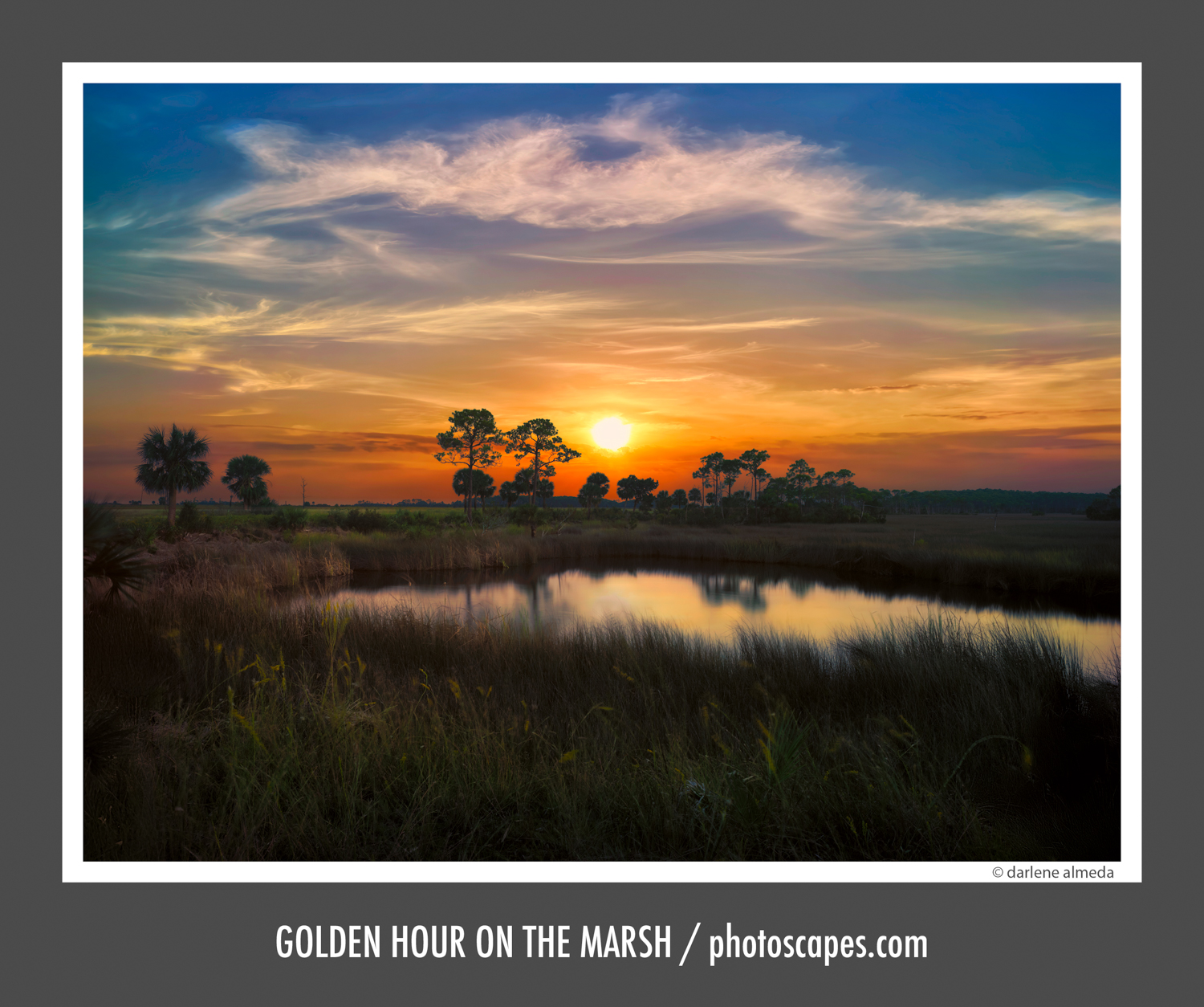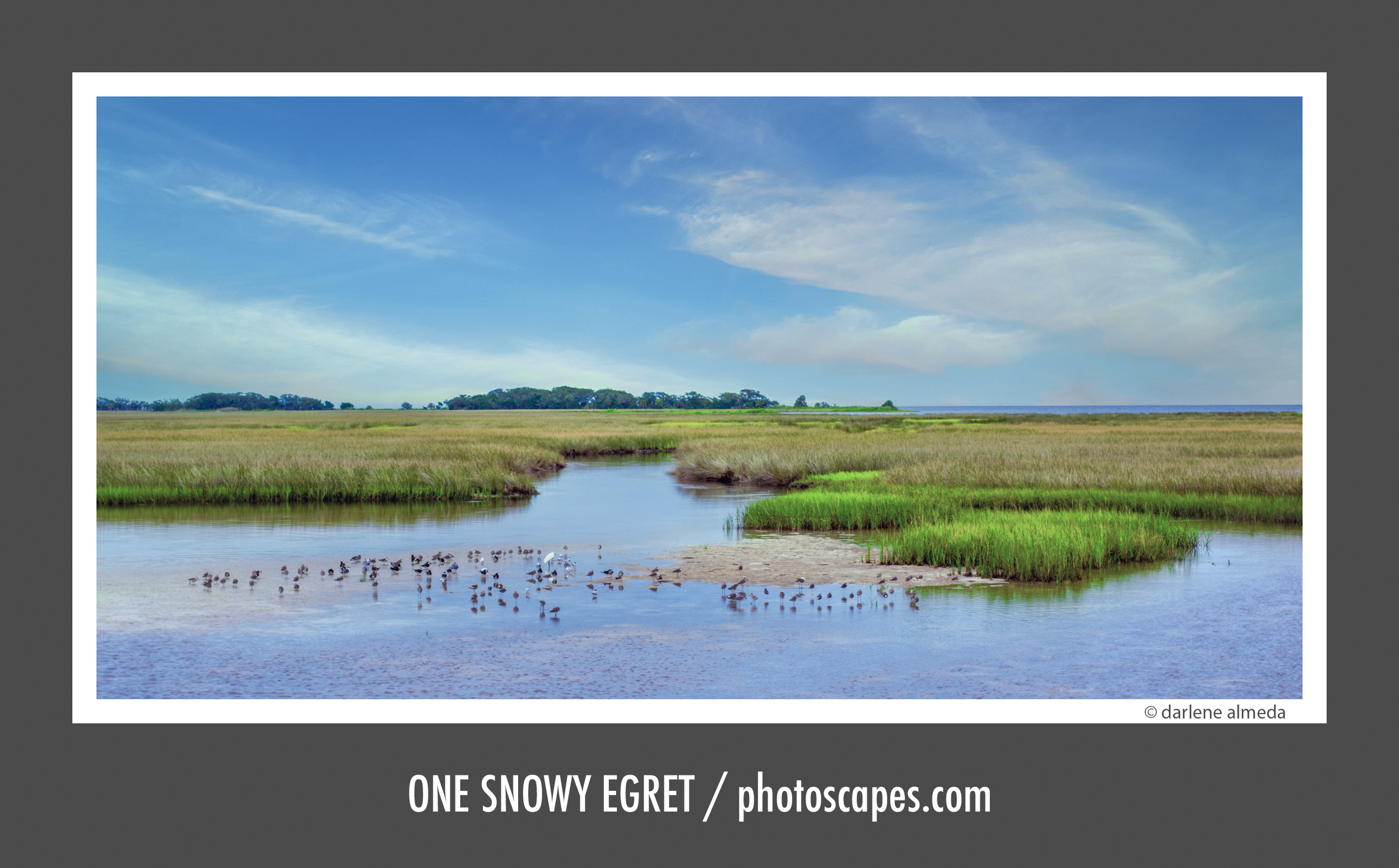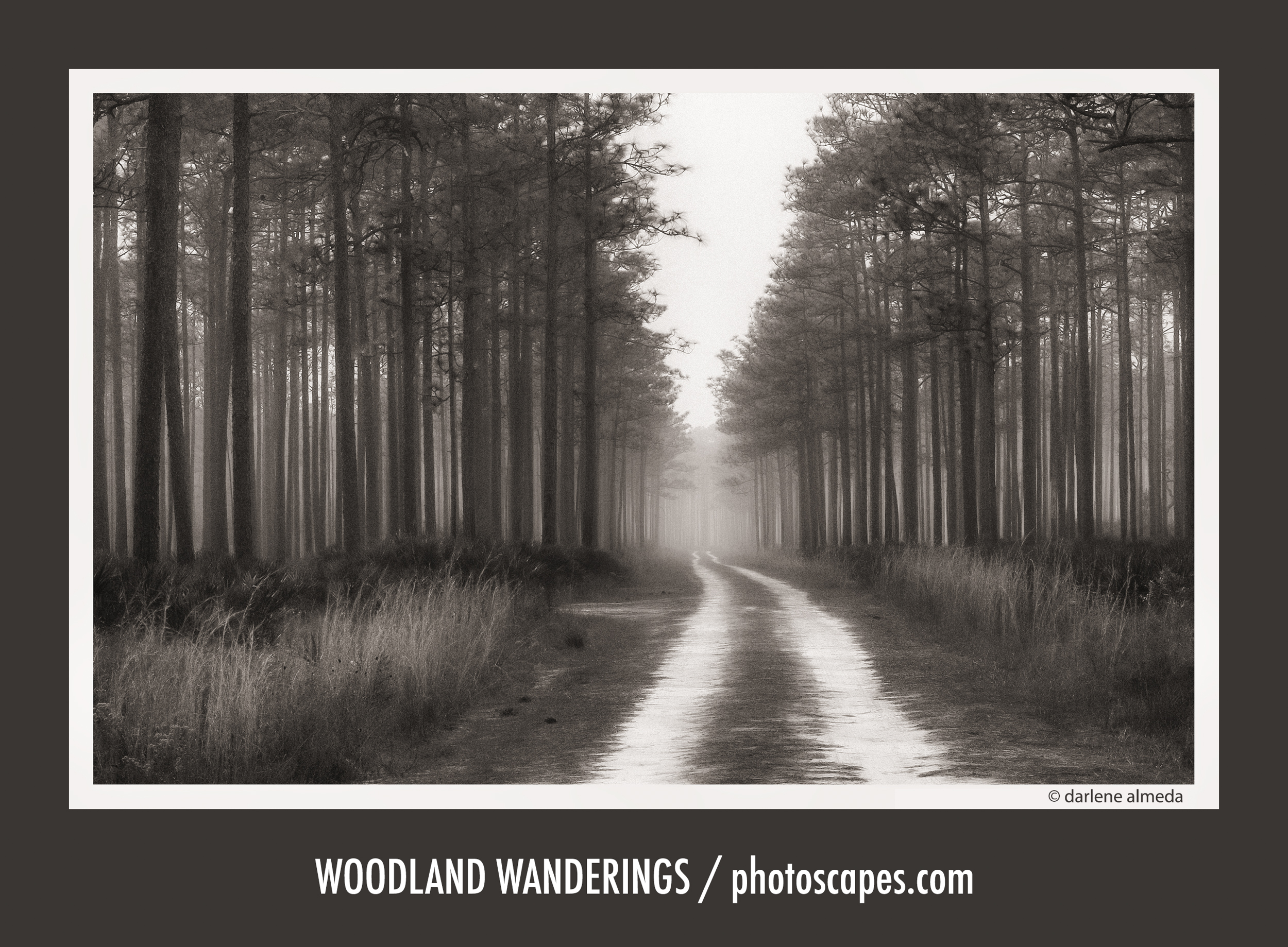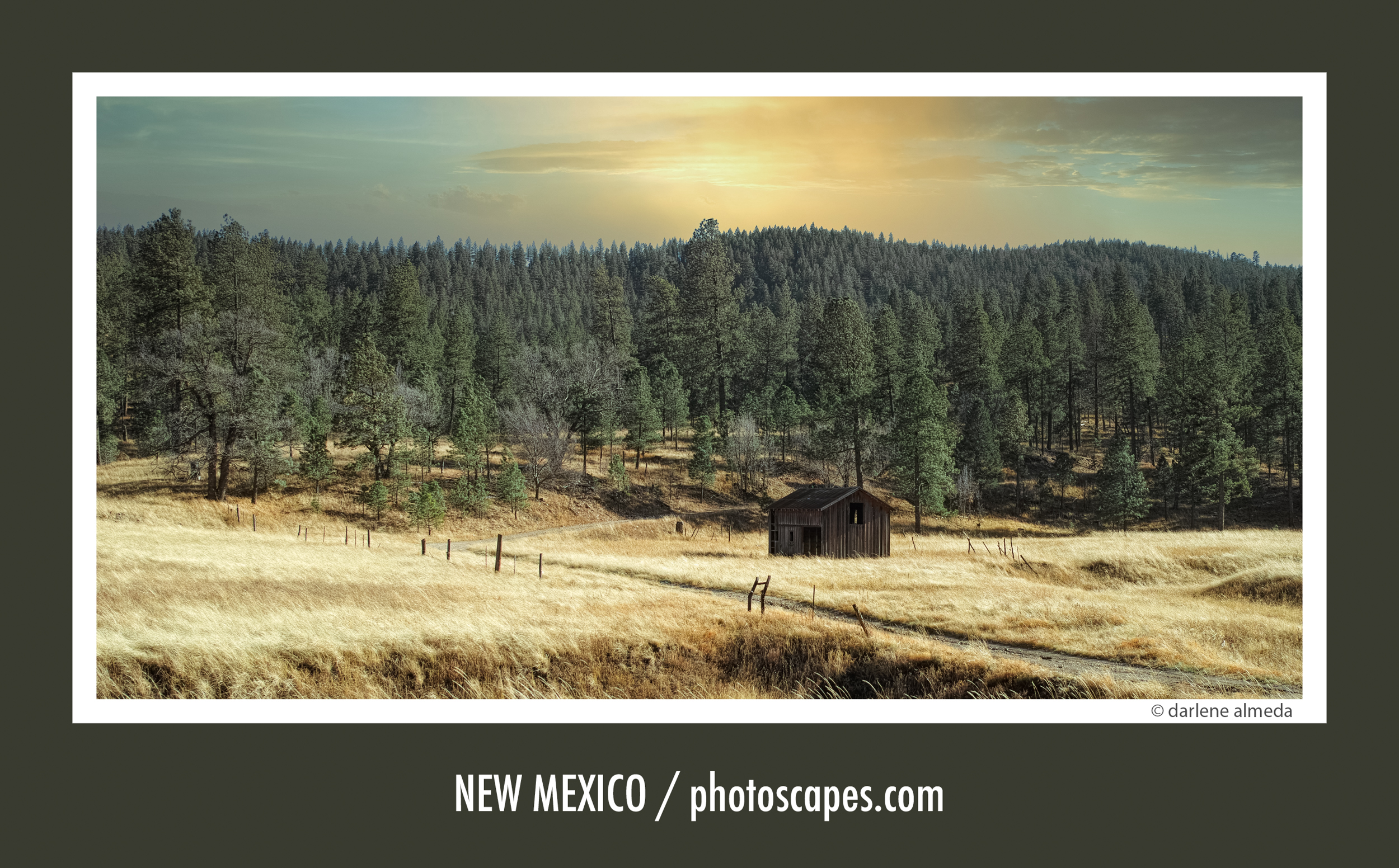ALPA STC | Wakulla County, FL
As a landscape photographer, I see the world as a living canvas — one shaped by light, time, and quiet observation. Landscape photography is more than simply recording a view; it’s the art of interpreting the natural world and revealing the emotional connection we feel to it.
It begins with light — how it grazes the land, filters through trees, or fades behind distant hills. Every shift of the sun or cloud changes the mood and story of the landscape. Whether working with the vastness of a mountain range or the intimacy of a quiet marsh, the goal is to translate that moment into a photograph that allows others to feel what we saw and experienced.
Landscape photography invites patience and awareness. It teaches us to slow down, to wait for harmony between composition, atmosphere, and light. While many landscapes are purely natural, modern interpretations often include subtle traces of humanity — a weathered fence, a bridge, or a road leading through open fields — reminders of our shared presence in the environment.
In “One Snowy Egret,” the landscape opens into a broad stretch of marshland, where grasses ripple beneath a wide, painterly sky. The lone egret—small yet luminous—adds a quiet spark of life to the stillness, reminding us how wildlife and environment coexist in harmony. The scene feels airy and spacious, shaped by water, horizon, and the soft pull of coastal light.
“Woodland Wanderings” draws us inward. The symmetry of tall pines and the gentle diffusion of fog create a contemplative atmosphere, inviting viewers to pause and breathe within its stillness. Here, the landscape becomes intimate—more about feeling than distance.
In “New Mexico,” the light falls across an open meadow and distant hills, quiet and golden, hinting at both solitude and space.
Together, these images reflect the breadth of landscape photography—from the expansive and serene to the introspective and dramatic—each shaped by the character of light and place.
Whether captured on film or with digital tools, landscape photography is, at its heart, an act of reverence. It’s a way of honoring the land and preserving the fleeting magic of the light that defines it.
words & images © darlene c. almeda / photoscapes.com



